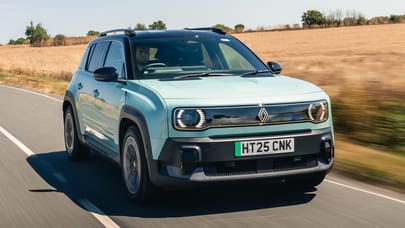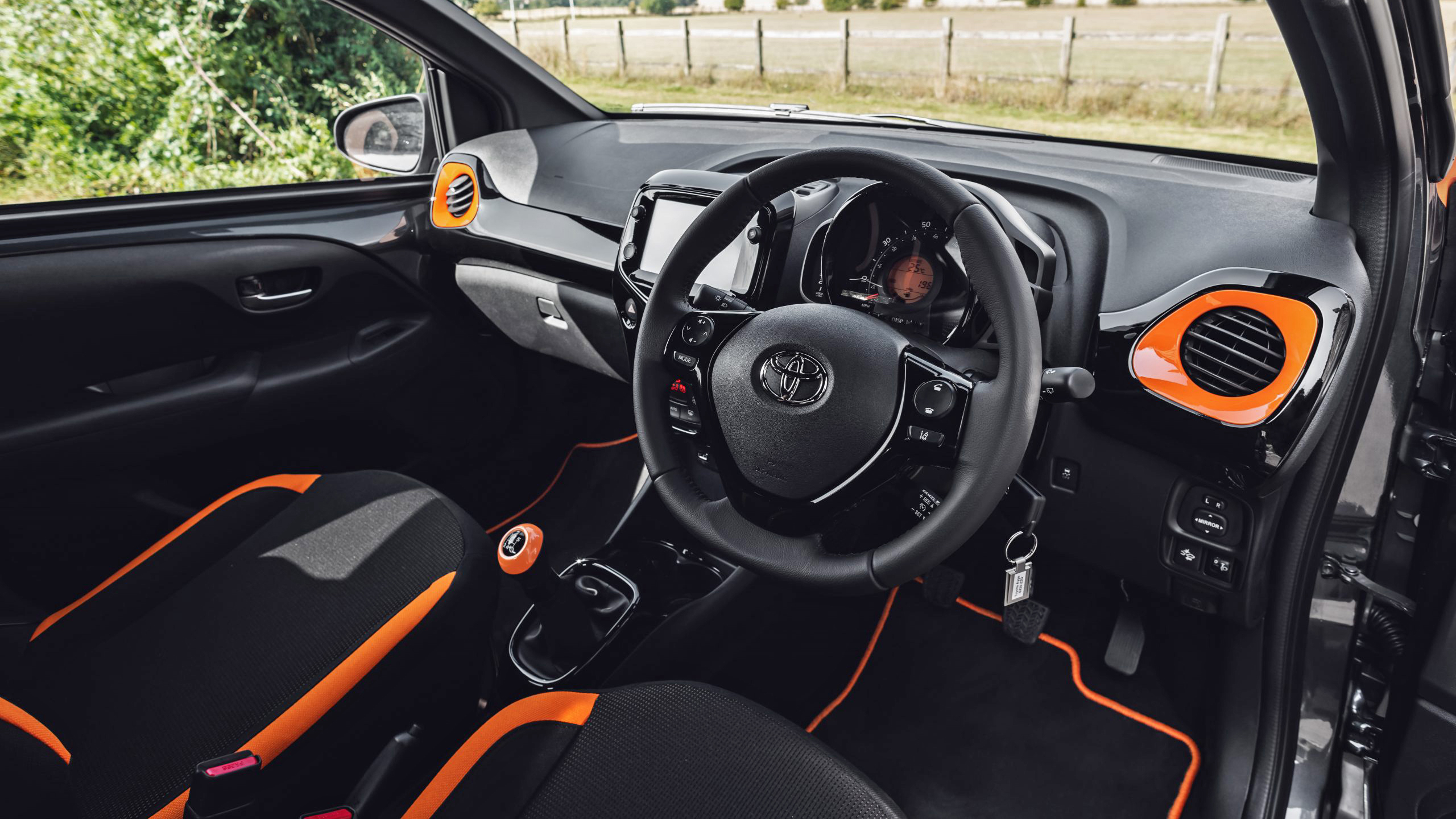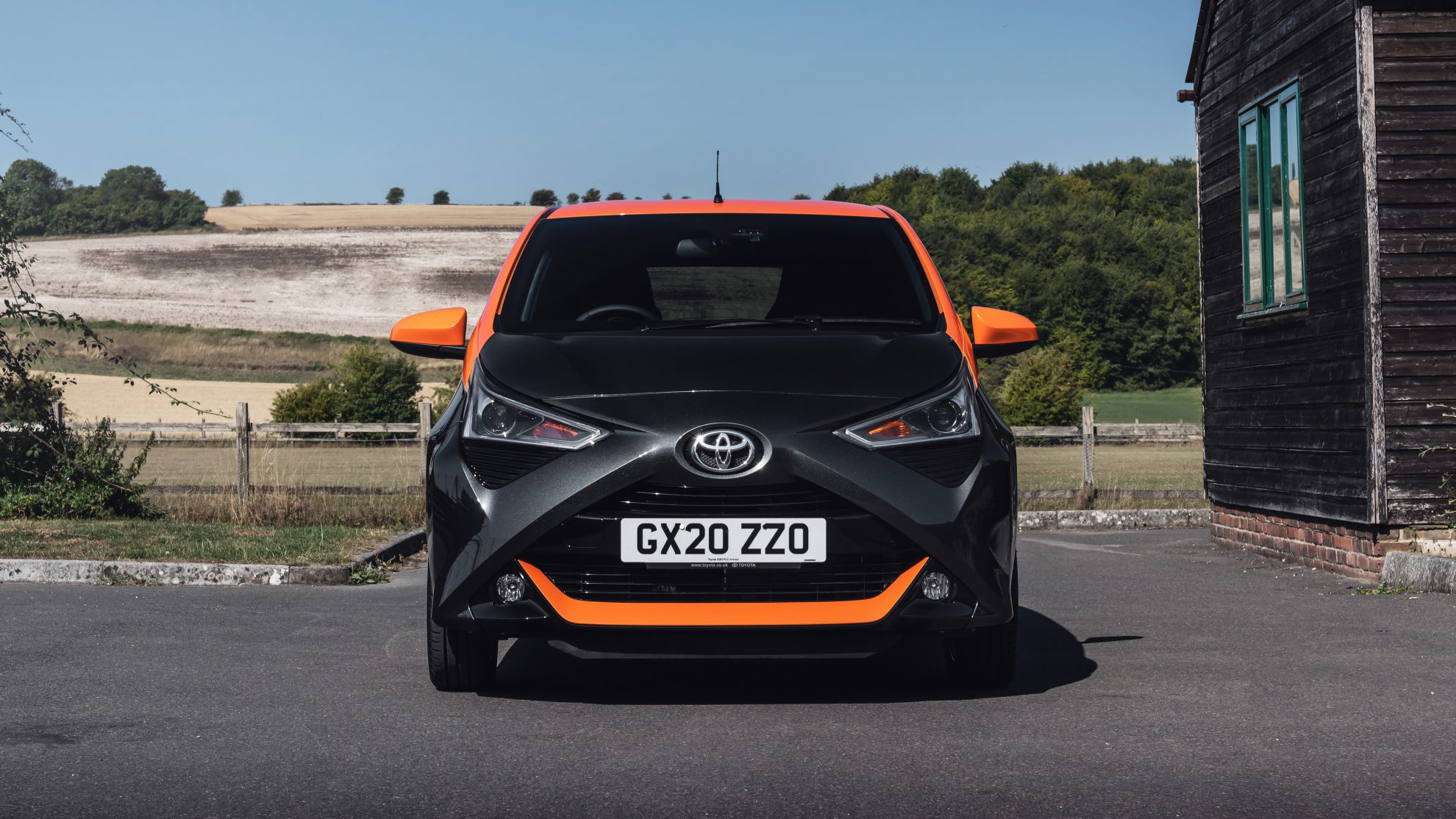
Toyota Aygo review
Buying
What should I be paying?
All that cheapness and smallness in the cabin does fade into the background a bit when you remember the two salient facts about the Aygo. One, it’s going to be seriously cheap to run. Two, it’s a Toyota so it’s probably never going to break.
The Aygo (and its Citroen and Peugeot relations) have strong showings in the various reliability surveys, and the fact a lot of the interior can trace its roots back to 2005 proves not only that they know how to screw it together very well, but also that there won't be swathes of tech to go wrong. If the worst does happen, you’ve got a five-year, 100,000-mile warranty backing you up.
Toyota claims 56.6mpg and 114g/km of CO2 emissions on the WLTP cycle. Which aren’t jaw-dropping nowadays, but with no turbos or electrification to skew the results in tests, they’ll both be eminently realistic and achievable too.
Is a purely petrol engine – with no mild-hybrid assistance, like even the outgoing Fiat 500 and Panda offer – cool? Well, when your car weighs less than 900 kilos, like this Aygo does (even with a thumping subwoofer on board), then a weeny petrol engine is all you need to achieve 50mpg when you’re not trying, and closer to 60 when you are. For those latching onto the scaremongering headlines about ‘electric cars only by 2030!’ and the like, you can see the appeal in a cheap (ish), simple car like this.
Featured







